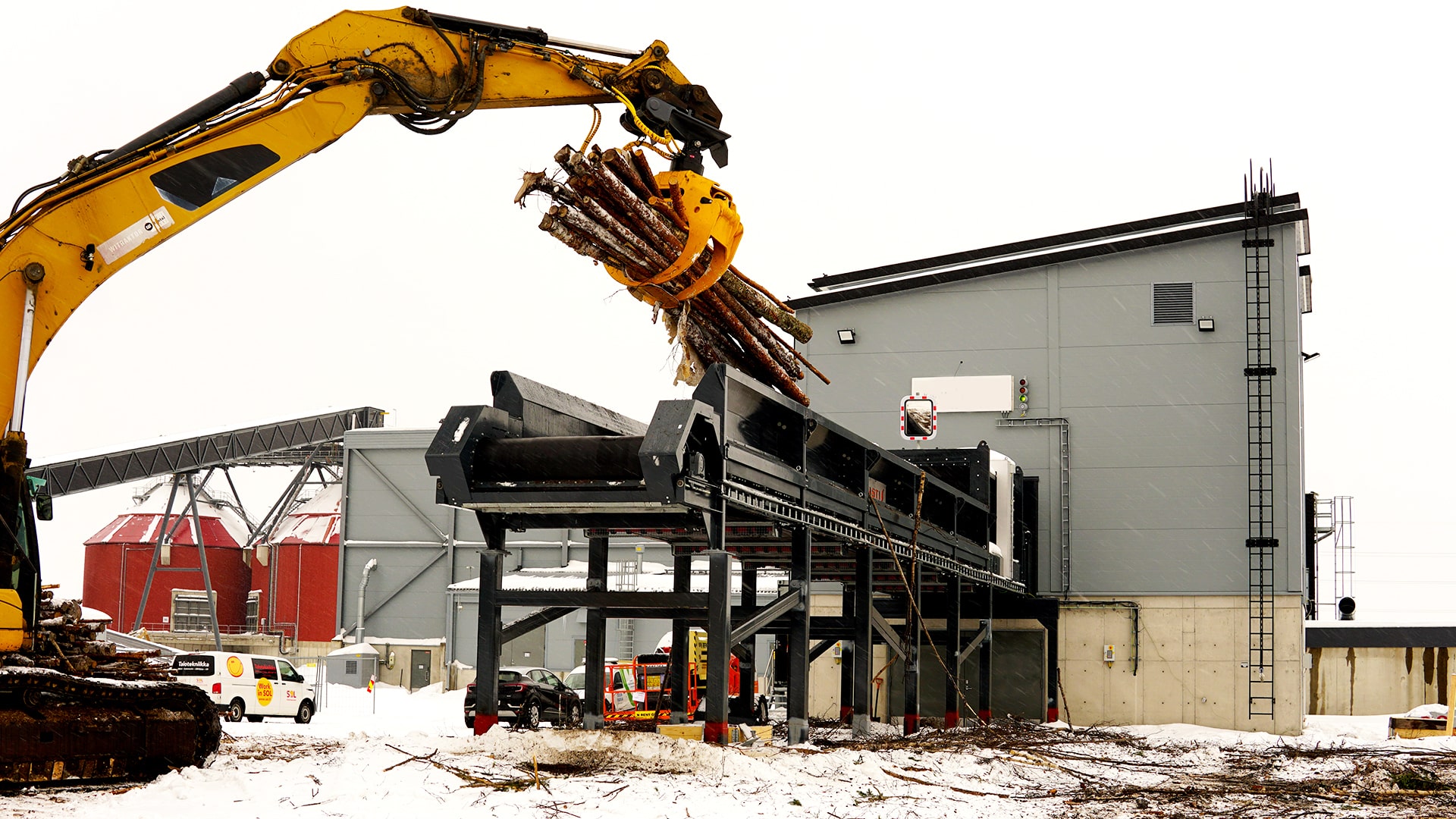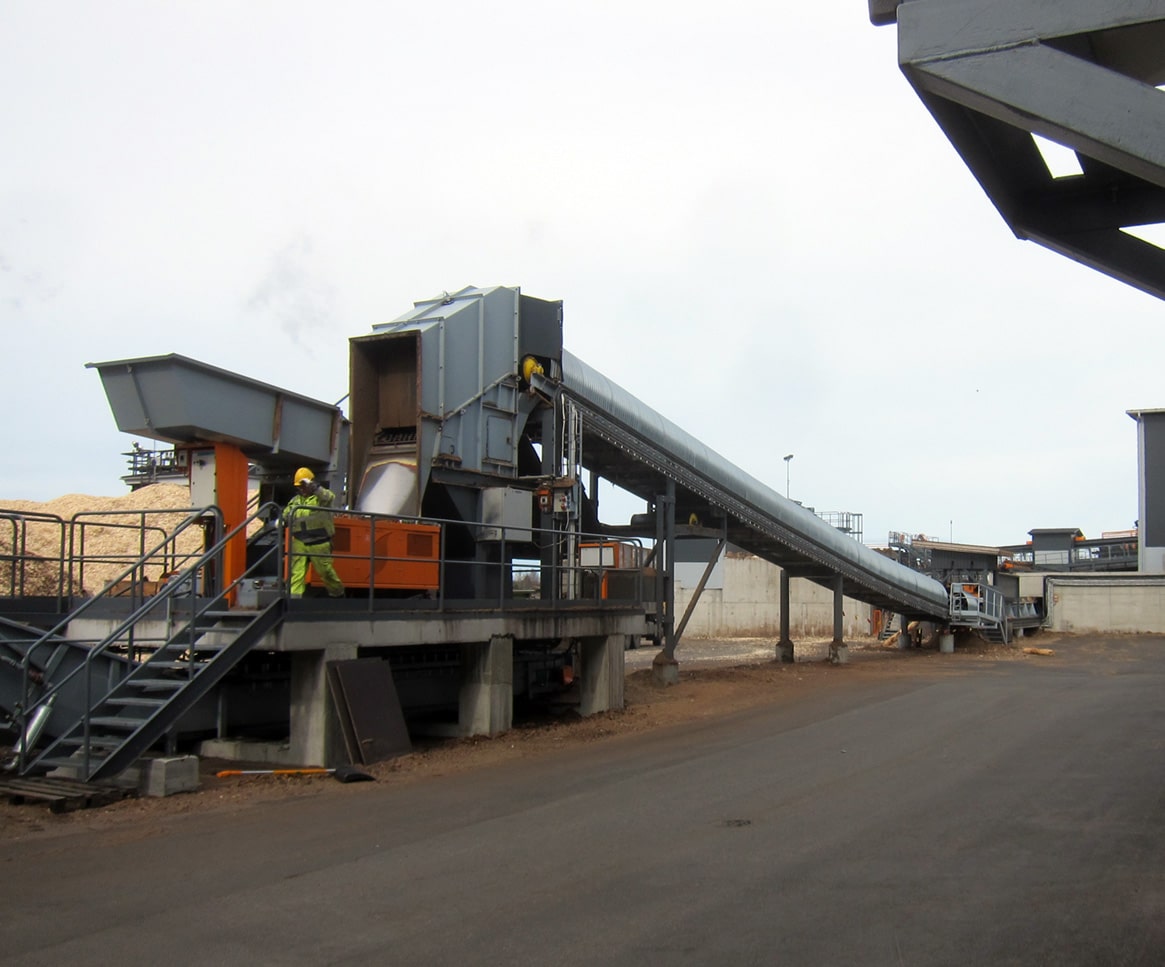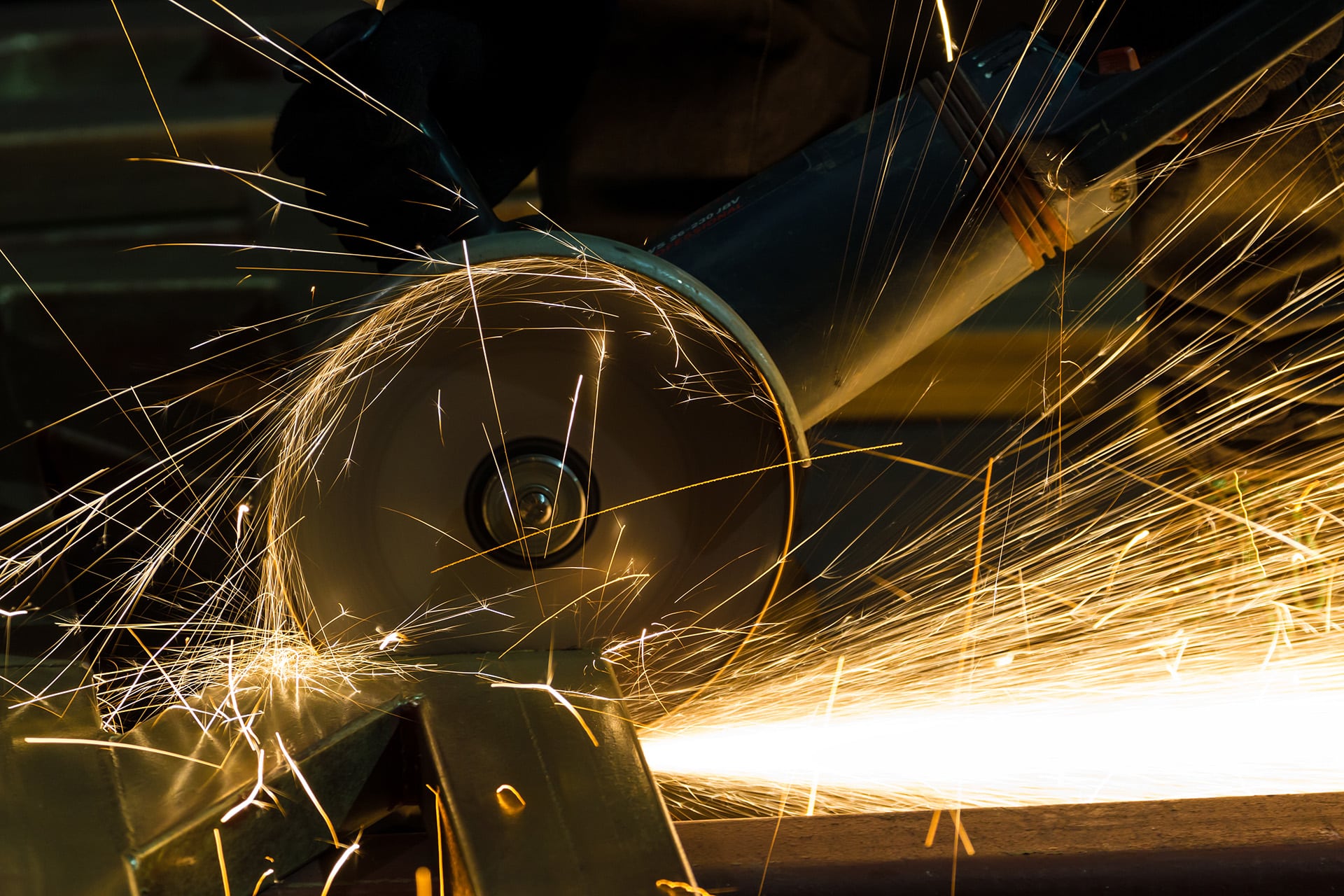Replacing peat in growing media is becoming increasingly important for the sake of the climate and the conservation of ecosystems. In Europe, there is a growing urge to move away from peat, which has opened up new opportunities for finding alternatives.
Wood fiber is one of the most promising sustainable alternatives that can be used to replace peat in growing media.
At Saalasti, we naturally have a keen interest in exploring how wood can be used in new and sustainable ways. We are a market leader in biomass processing machinery and offer solutions such as mechanical drying, particle size reduction, and grinding.
Wood fiber can be a sustainable substitute for peat
Peat has been the primary choice for growing media in Europe for many years. However, in the future, the role of peat will be smaller due to its non-renewable nature and classification as a fossil fuel. Peat extraction can have harmful effects on the environment, including habitat destruction, biodiversity loss, and the release of carbon dioxide into the atmosphere.
The use of wood fiber as a growing medium is not a new concept, but recently there has been an increased need for alternative fibers. Wood fiber cannot entirely replace peat but can be used to supplement growing media with more sustainable material and reduce the reliance on peat.
Benefits of wood fiber in growing media:
- Renewable material that can be obtained from sustainably managed forests.
- Wood fibers can enhance the water-holding capacity of growing media, helping to provide a more consistent moisture level for plant roots.
- When properly processed, wood fiber offers a stable and high-quality material.
The quality of the wood fiber matters
The quality of the material is crucial when talking about using wood fiber in growing media. Poor-quality and impure wood fiber can carry pathogens and harmful substances, and the biodegradability of the fiber may be too rapid, which is not a good thing for growing abilities.
To ensure that wood fiber meets quality requirements, an effective way is to obtain RHP certification. RHP certification guarantees that growing media meets strict quality control standards such as particle size, nutrient content, and water-holding capacity. It also assures safety and that the growing media is free from harmful substances, contaminants, and plant pathogens.
At Saalasti, we join the process of wood fiber by reducing the particle size and pressing moisture.
These steps are crucial in achieving a consistent and RHP approved quality of the material. By reducing the particle size, we improve uniformity, and by removing moisture, we enhance the overall quality of the wood fiber.
Why is it important to prioritize water removal from wood fiber?
Wood fiber is often processed through grinding, where the size of the wood pieces is reduced, and the fibers separate from each other.
But how could the process be improved if the wood fiber were as dry and consistent as possible before grinding?
Mechanical water removal before grinding offers many advantages, as it ensures optimal grinding conditions, resulting in better performance and energy savings in the process. We believe that it is at least one of the key factors to enhance the processing of wood fiber.
The benefits of mechanical high-pressure dewatering and grinding (Saalasti biogrowth system)
-
- Improved grinding efficiency due to mechanical high-pressure stage. As the excess moisture has been removed, it enhances the grinding process.
- Based on our experiences, the yield of wood fiber is significantly better when it is compressed before the grinding process.
- Improved energy efficiency in the grinding process due to mechanical high-pressure, as there’s no need for the thermal process.
- The process can remove some of the harmful substances from the wood that may negatively affect plant growth and volatilize some of the harmful wood compounds into the air by pressure.
- Improved size control. The size of the wood pieces can be controlled, resulting in a material that has a more consistent and uniform particle size.
- Improved quality; for example, the amount of fibrous material and the level of coarseness can be adjusted.
- Possible to mix fiber and other materials, like peat, through the press.
- Very low operating and maintenance costs.
Read also: Dewatering press with a great energy saving potential: What are the benefits of mechanical drying?
Saalasti solutions that can be applied to wood fiber processing
- Saalasti Press “Hippo” is a new-generation dewatering press with a huge water-removal capacity: it can remove even more than 50% of the water content. The press is suitable for many fiber-based plant materials.
- Saalasti Bark Press SP 1620 is the most popular bark press on the market, trusted by market-leading companies worldwide.
- See all our solutions here.
Contact us to hear more
Do you want to hear more about how our solutions can help with wood fiber used in growing media? Contact us and let’s discuss more.
We have more than 40 years of experience in biomass processing and we are constantly looking for new applications.
Read next: Biomass processing: Master the performance with the right solutions





 ¢
¢